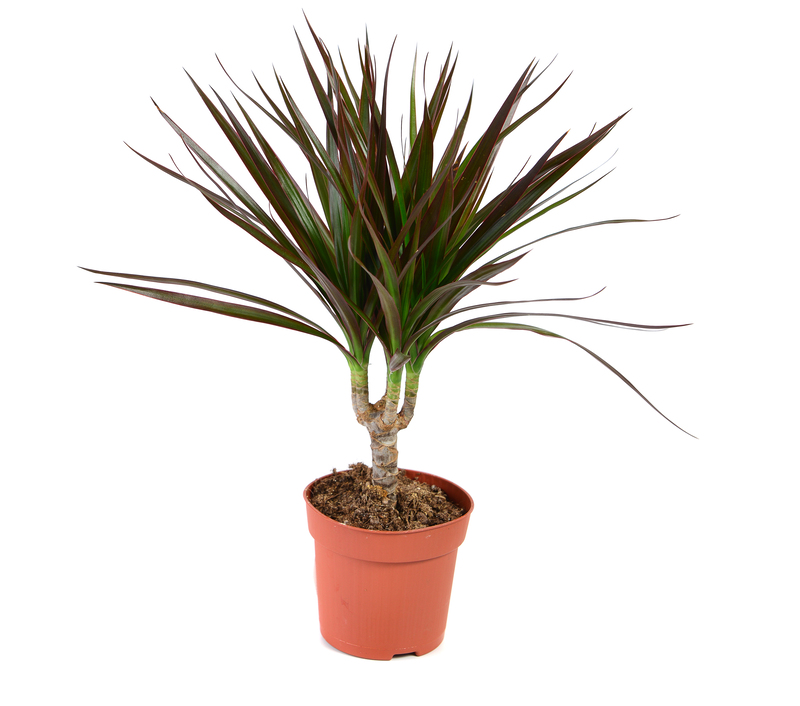Choosing the Right Plant Varieties for a Robust Winter Garden
Posted on 31/05/2024
As the winter months approach, many gardeners may feel discouraged at the thought of their gardens becoming dull and lifeless. However, with the right selection of plant varieties, a winter garden can come to life and bring color and vibrancy during the coldest season of the year. It is essential to choose the right plants that are well-suited for colder temperatures, as well as those that can thrive in your specific climate. In this article, we will discuss the top tips for selecting the right plant varieties for a robust winter garden.
Understanding Your Climate
The first step in choosing the right plant varieties for your winter garden is to understand your local climate. Different regions have varying temperatures and weather patterns during the winter season. For instance, some areas experience mild winters with occasional frost, while others face extreme cold with heavy snowfall. It is crucial to research and familiarize yourself with your region's typical winter weather before selecting plants for your garden.
Another essential factor to consider is the hardiness zones of your area. The United States Department of Agriculture (USDA) has divided North America into different hardiness zones based on minimum average temperatures. This zoning system helps gardeners determine which plant species are best suited for their region's climate. Make sure to choose plants within your hardiness zone or lower to ensure they can withstand harsh winter conditions.

Selecting Evergreens
Evergreens are a popular choice for winter gardens due to their ability to retain their leaves and color throughout the year. These plants are an excellent source of greenery during the dreary winter months and provide a beautiful backdrop for other seasonal flowers. Conifers such as pines, firs, and spruces are ideal for cold climates as they are adapted to survive snow and ice.
For milder climates with minimal frost, broadleaf evergreens such as hollies, camellias, and boxwoods are a great option. These plants provide structure and texture to a winter garden and can even produce flowers during the colder months.
Incorporating Winter-flowering Plants
Adding winter-flowering plants to your garden is an excellent way to bring color and fragrance to your outdoor space. These plants have adapted to bloom during the winter season, making them a perfect choice for cold climates. Some popular winter-flowering plants include pansies, violas, cyclamens, and hellebores. These blooms not only add visual interest but also attract birds and pollinators to your garden.
It is crucial to choose winter-flowering plants that are well-suited for your climate. For example, in areas with heavy snowfall, it is best to select plants with sturdy stems that can withstand the weight of snow and ice.
Consider Winter Vegetables
Winter vegetables are not only suitable for hearty soups and stews but also add interest and variety to a winter garden. Vegetables such as kale, Brussels sprouts, and Swiss chard can withstand colder temperatures and even thrive in frosty conditions. They also provide vibrant colors and textures to the garden, creating a beautiful mosaic of greens in the midst of the white winter landscape.
When selecting winter vegetables, make sure they are suitable for your hardiness zone. Additionally, choose varieties that have longer harvest seasons to ensure a continuous supply of fresh produce throughout the winter months.
Pros and Cons of Winter Gardening
Like any other gardening venture, there are both pros and cons to consider when planning a winter garden. Let's take a look at some of these below:
Pros:
- Adds color and interest to your outdoor space during the dull winter months.
- Reduces stress levels by providing a peaceful sanctuary for outdoor activities.
- Provides fresh produce during the off-season.
- Increases biodiversity by attracting birds and pollinators.
Cons:
- Limited plant variety, as many plants do not thrive in colder temperatures.
- Requires more maintenance compared to summer gardening.
- Risk of frost damage to plants if proper precautions are not taken.
Tips for Maintaining a Winter Garden
To ensure your winter garden remains robust and healthy throughout the season, here are some helpful tips to keep in mind:
- Water your plants regularly, especially during dry and windy spells.
- Use mulch to insulate the soil and protect plant roots from freezing temperatures.
- Protect vulnerable plants with frost covers or cloths when extreme cold is expected.
- Prune back perennials and shrubs in late fall to encourage new growth in the spring.
- Remove any dead or diseased foliage to prevent the spread of diseases.

Takeaways
A robust winter garden requires careful planning and a good understanding of your climate. Selecting the right plant varieties, such as evergreens, winter-flowering plants, and winter vegetables, can bring color, texture, and interest to your outdoor space. It is essential to choose plants that are well-suited for your hardiness zone and provide proper care and maintenance throughout the season.
Conclusion
In conclusion, with the right selection of plant varieties and proper care, a winter garden can thrive even in the coldest of climates. By understanding your region's weather patterns and choosing suitable plant species, you can create a beautiful and vibrant winter garden that will be the envy of all. So why wait? Start planning your winter garden now and enjoy its beauty throughout the chilly season ahead.




